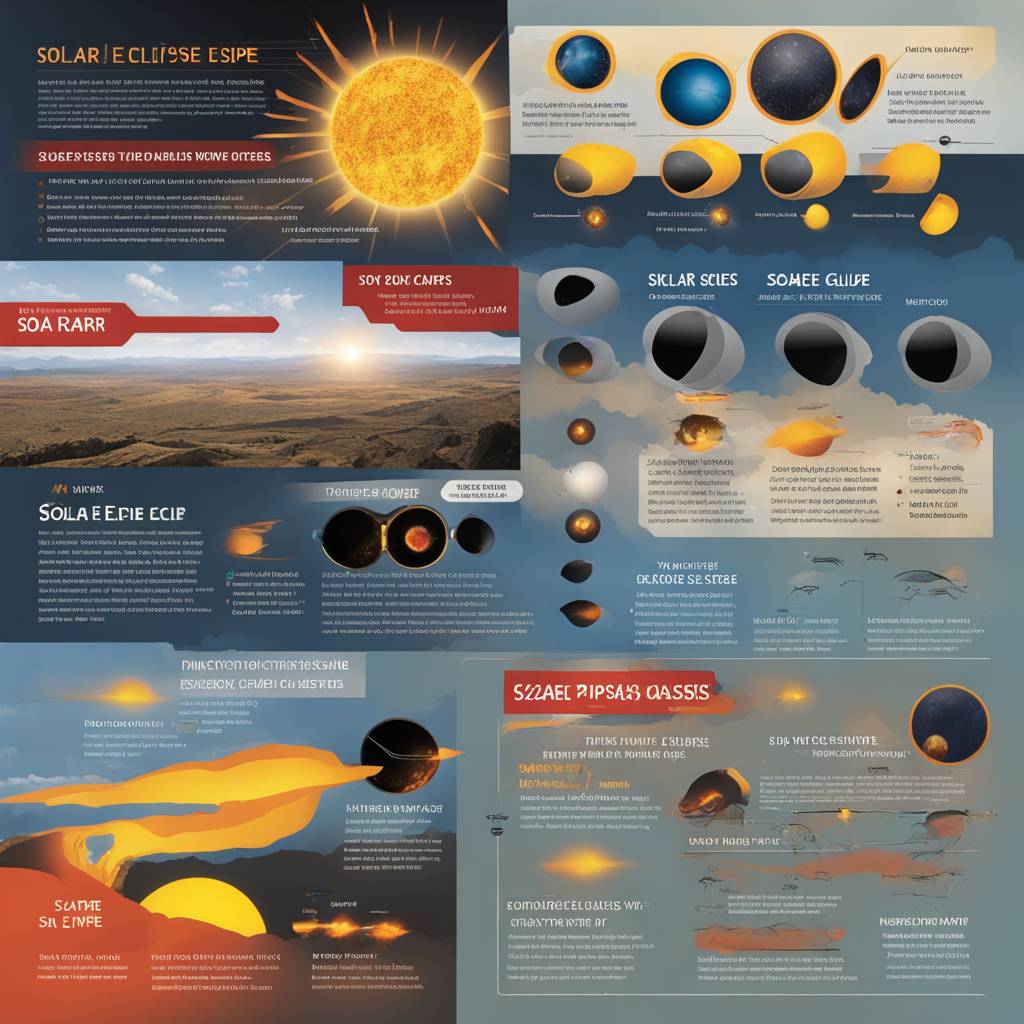The solar eclipse coming on April 8 will cast a shadow on Earth, turning day into night in certain regions. The path of totality for this eclipse will pass over Mexico, the U.S., and Canada. Unlike the 2017 solar eclipse, this event will be wider and more populated, allowing more Americans to see it. NASA estimates that 99% of people in the U.S. will be able to witness a partial or total eclipse from their locations. However, viewing the solar eclipse without proper eye protection can be harmful.
Staring directly at the sun without the necessary glasses or viewers can cause permanent damage to the eyes. Even a few seconds of looking at the sun during an eclipse can result in burn damage to the macula, a part of the retina responsible for enabling individuals to read and recognize faces. The damage caused by the sun’s rays focused onto the retina is known as solar retinopathy. Symptoms can include blind spots, distortions, and a loss of contrast in central vision, potentially leading to limitations in essential tasks such as reading, driving, and using a computer.
Using regular sunglasses is not sufficient protection against the sun’s harmful rays during an eclipse. The only safe way to view the solar eclipse is through special glasses or hand-held solar viewers with solar filters that meet the ISO 12312-2 standard. Such filters block sunlight from reaching the eyes, reducing the amount of light by a million-fold. It is essential to inspect glasses before use for any damage such as scratches, tears, or detachment from the frame. Even a small sliver of sunlight peeking out from behind the moon during a partial eclipse is hazardous to the eyes.
Symptoms of solar retinopathy, such as blurry vision, blind spots, color vision deficiency, distorted vision, and headaches, typically manifest within hours of sun gazing. If individuals experience vision issues after viewing a solar eclipse, they should promptly visit an ophthalmologist for assessment. While there is no definitive treatment for solar retinopathy, some individuals may partially recover their vision. It is crucial to prioritize eye safety and take the necessary precautions by using proper protective eyewear when viewing the solar eclipse.
The eye has a similar structure to a magnifying glass, which can focus the sun’s energy onto the retina, causing damage. People may be particularly at risk during an eclipse as they suppress their natural aversion to bright lights in the excitement of witnessing a rare phenomenon. Young adults may be more susceptible to injury due to larger pupils and a lack of awareness of the dangers of looking at the eclipse without proper eyewear. Studies have indicated that approximately 25% of individuals who develop solar retinopathy sustain permanent damage, emphasizing the importance of protecting the eyes during the solar eclipse.
It is recommended by experts to purchase glasses with solar filters that meet safety standards for viewing the solar eclipse safely. The American Academy of Ophthalmology advises against looking directly at the sun, even during a total eclipse when the sun is entirely blocked by the moon. Reputable vendors can provide safe glasses or solar viewers at a reasonable cost. The American Astronomical Society offers guidance on identifying legitimate vendors and detecting counterfeit products. Inspecting glasses for damage before use and wearing them whenever viewing the sun are essential steps to prevent eye injury during the solar eclipse.













